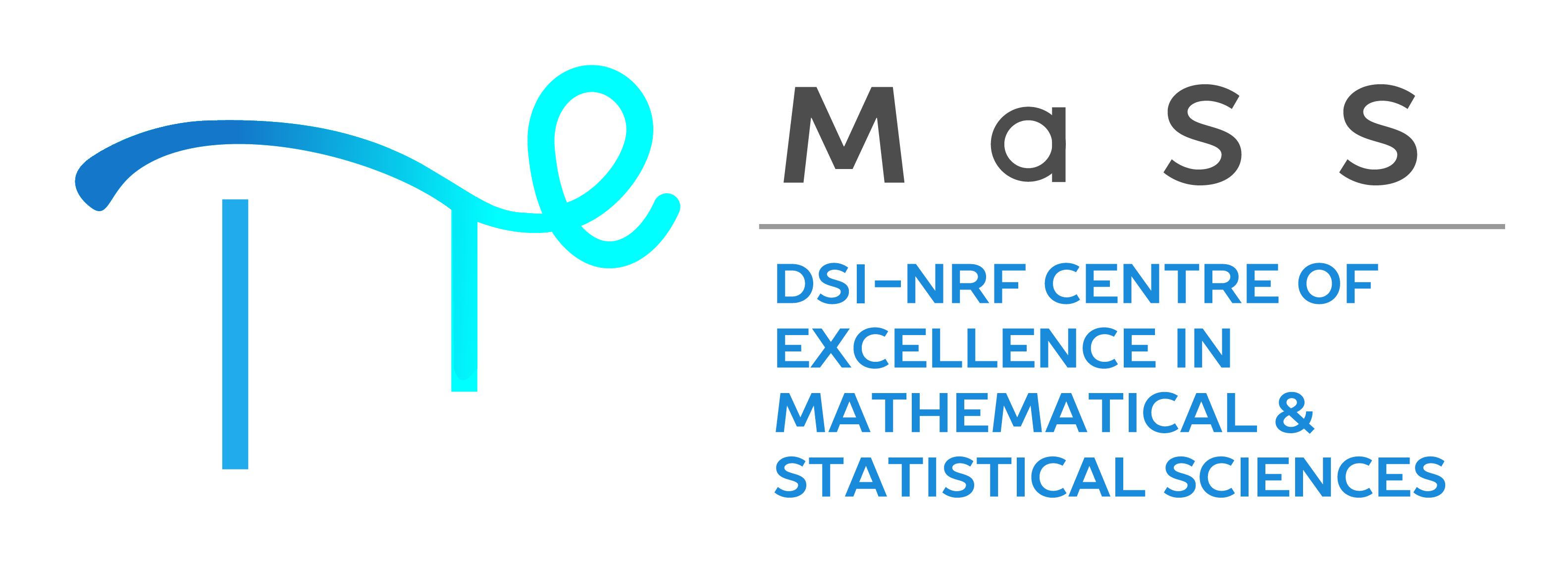The propagation of gravitational waves through
matter
Nigel T. Bishop\(^*\), Monos
Naidoo, Petrus J. van der
Walt
Rhodes University
SAMS Subject Classification Number: 20
Using linearized perturbations within the Bondi-Sachs formalism in general relativity, we consider the problem of a gravitational wave (GW) source surrounded by a spherical dust shell. It is shown that the shell causes the GWs to be modified both in magnitude and phase; and that if the shell is viscous, then the shear induced in the velocity field results in an energy transfer so damping the magnitude of the GWs. Both effects can be significant if the shell radius \(r\) is much smaller than the GW wavelength \(\lambda\), and there are astrophysical scenarios for which the modification to the GW signal is large enough to be measurable. These scenarios include core collapse supernovae (CCSNe), quasinormal mode emission from the remnant of a binary neutron star merger, and primordial GWs. Importantly, there are feasible values of the CCSNe parameters for which viscous damping of the GW signal would be almost complete, implying that the detection of GWs from a CCSNe is unlikely.
A numerical evolution of the full Einstein and matter field equations with GW extraction far from the source will properly include all effects described above. However, in situations such as CCSNe shear viscosity is neglected and approximate methods are used to estimate the GW extraction. Results obtained in these cases need to be corrected.


